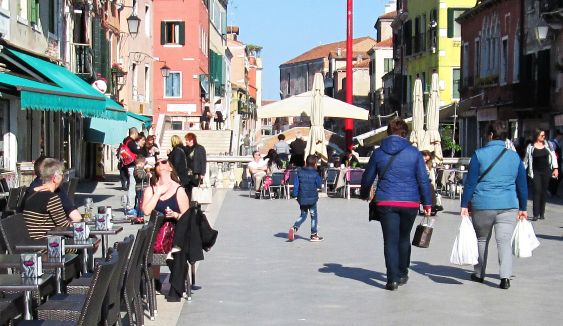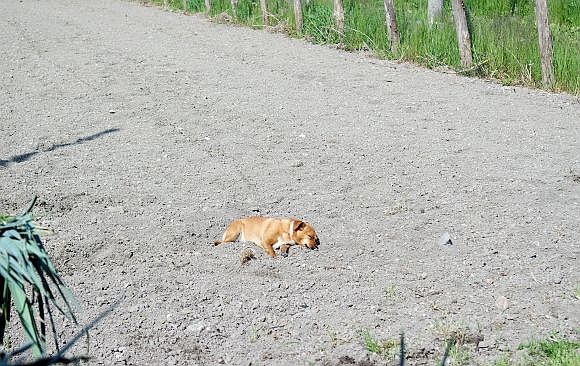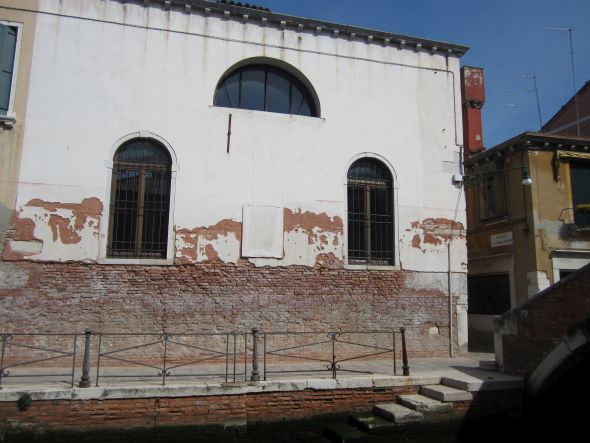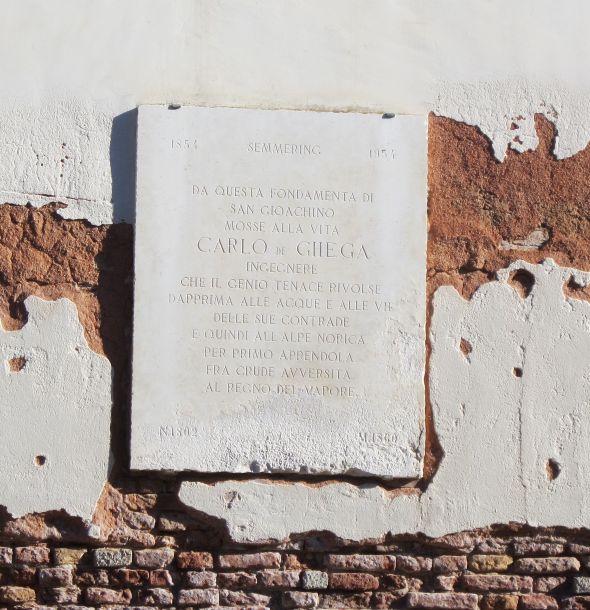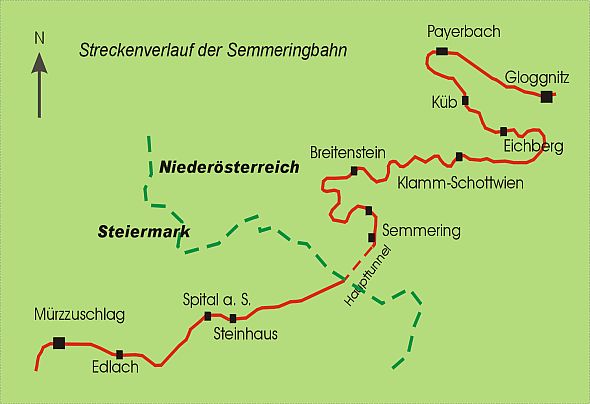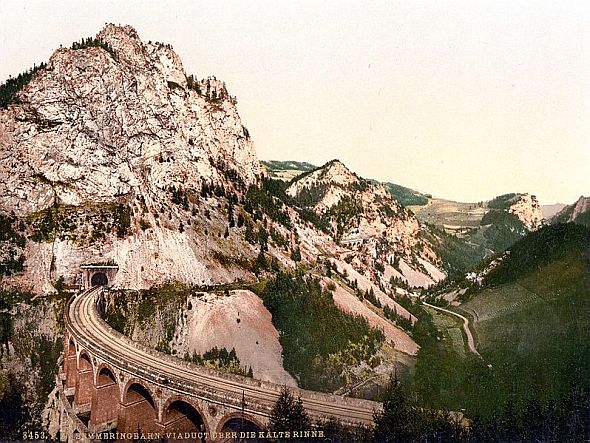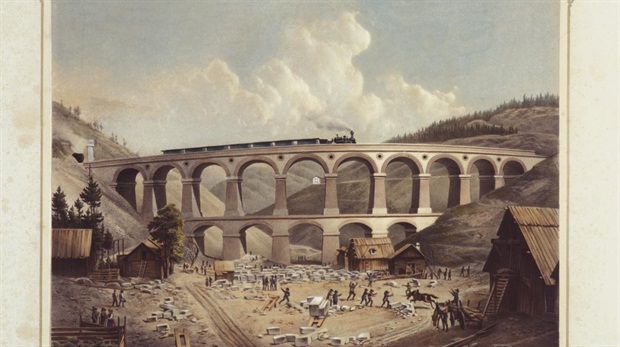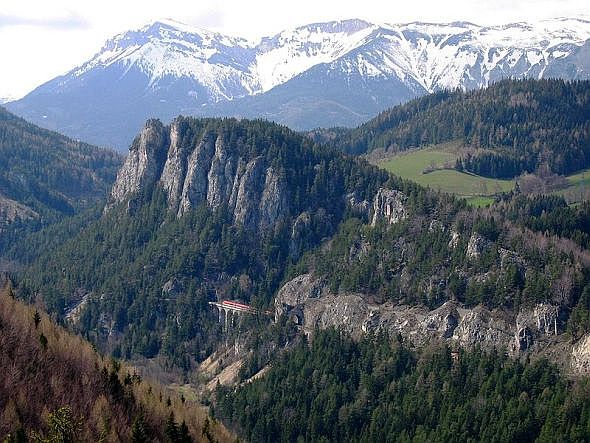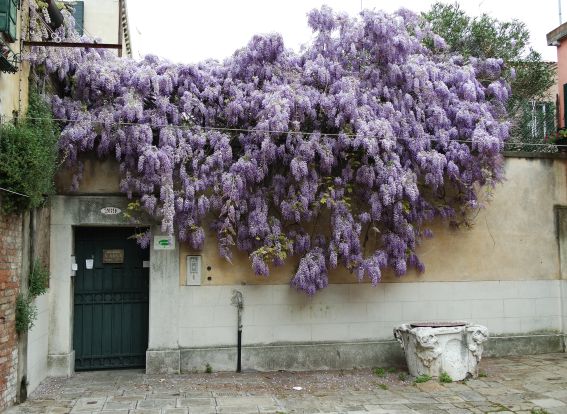
“Cretinate” (kreh-tee-NAH-teh) are actions or statements perpetrated by one or more cretins — a far too useful term in these parts, and one I’m sorry doesn’t exist in English.
But maybe it’s not that there are so many cretins here. Maybe there are lots of highly intelligent, profoundly sensitive, extremely kind and rich people who just happen to say cretinous things. If so, there are still too many of them.
A few days ago we heard the latest of an infinite string of fantasies stated as facts by Paolo Costa, the president of the Venice Port Authority. He gives every sign of being a born believer in the inherent importance and value of Mastodontic Projects, as they put it here, because he has spent the last few years pushing ferociously for approval for the excavation of the Contorta Canal to bring the big cruise ships to the Maritime Zone by way of the lagoon, and not by the Giudecca Canal.
Apart from whether or not this would be a smart move for Venice and its economy (read: keep the port working at full speed), the canal itself has been recognized by an array of environmentalists and even politicians as being enormously damaging to the lagoon ecosystem. (May I note, once again, that the lagoon is also a UNESCO World Heritage Site, a fact which apparently is difficult to remember, seeing how casually everybody goes rampaging around doing whatever they want, though if harm were done to the city to the degree that it’s done to the lagoon, the world outcry would resemble several sonic booms).
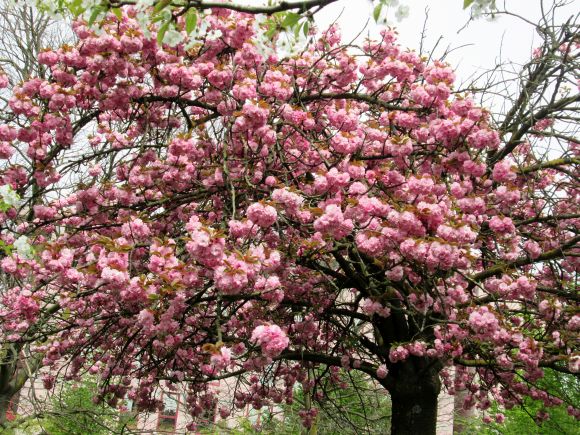
I’m coming to the cretinata, uttered by Mr. Costa. He has uttered many since the subject of banning the big ships has been current. The reason he utters them is because it appears to be his heart’s desire to be involved in a Mastodontic Project, seeing as he missed out on the riches lavished on everyone involved in the last one, which is MOSE.
Actually, I don’t know that he missed out. Perhaps he got his share that time around, and is determined to have a reprise.
Whatever the case may be, no Crusader ever made a vow that could match the vow he seems to have made to himself to get that @#*$%! canal dug.
So where’s the cretinata? Here it is:
“The Contorta Canal is the only intervention which can save the lagoon and the jobs of the cruise business.”
First, it can’t be the “only” intervention” that could be effective. There are a number of alternatives which are struggling to be considered, pushing frantically against the inert bulk of the Contorta proposal. To be accurate, it is the only intervention which has the active interest and support of Mr. Costa, and he is applying pressure for its approval by every means known to humans. After all, sheer dogged perseverance finally got the MOSE project approved, although it took 30 years. So it ought to work just as well for this project. That seems to be the approach he’s taking.
In my opinion, saying that something or someone is the “only” one of its kind, when that just happens to be the thing the speaker wants, is a statement more often made by young, distraught children than mature, responsible adults. It sounds fishy to me.
Second, I have never heard anyone except Mr. Costa hazard the statement that the excavation of the new canal would “save the lagoon” (though he doesn’t say from what). I totally understand his desire to keep the port humming, but his opportunistic addition of saying the canal will “save the lagoon” is like telling a woman “By the way, you’re beautiful” when you’ve just asked her to lend you $500.
Many Venetians have long been aware that the lagoon needs saving (from the voracious motondoso, from devastating illegal clam digging, and from the incessant erosion exacerbated by the Petroleum Canal — another Mastodontic Project!). I didn’t realize that digging a new canal would be a positive step in any direction except more erosion and more environmental degradation.
Since Mr. Costa has never made anything resembling an environmentalist statement, I have to assume that “saving the lagoon” is Costaspeak for “doing what I want.”
Here endeth the first cretinata.

Interlude: I used to know a little boy who, at the age of about 2 1/2, had already grasped that saying that he wanted something didn’t inspire the desired response from his mother. So he cleverly switched to saying “I need it.” That little boy did not grow up to become the President of the Port Authority; perhaps he was a cousin.
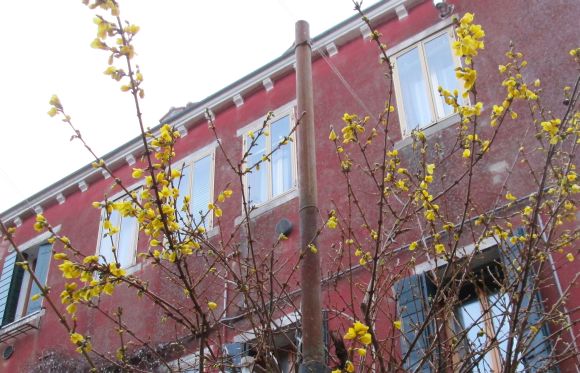
On to the next cretinata, which comes from the Princess Bianca di Savoia Aosta, quoted in “An Insider’s Guide to Venice” in the Wall Street Journal a few days ago.
I admit that statements from people whose names start with Princess (or Defender of the Faith, or Conquering Lion of the Tribe of Judah, or Knight Commander of the Order of St. Gregory the Great) get attention.
Having a fancy title doesn’t necessarily mean that you know things, but it does mean that your statements will probably be taken as true. Such as the Princess’s following remark:
“VENETIAN MOPED // Brussa IS Boat. Rent a “topa,” a zippy four-meter boat, at Brussa, to go for a relaxing and fun spin through the canals before heading out into the lagoon. It’s not as intimidating as it sounds—locals use the topas like mopeds.”
Words such as “zippy” and “spin” give the impression that the canals, like the city itself, are here mainly for entertainment and diversion, just one big amusement park with peeling palaces. They don’t give any hint of the reality — that the canals are narrow, crowded, and full of boats doing real work which take up space and aren’t especially accommodating to high-spirited gilded youths out for a little run about town before drinks at the Cipriani, or wherever.
Second, “locals” do not use the topas like mopeds. “Locals” have their own boats, usually, or have friends with boats. Topas are for special jobs or projects — most often like work — which usually do not involve either zipping or spinning.
Third, apart from being awkward and difficult to perform, zipping and spinning would be a challenge to do without breaking the speed limits, which are now being more strenuously enforced since the new traffic regulations went into effect. The only boats I can think of whose zipping or spinning is overlooked are the fireboats and the ambulances.
“Like mopeds” implies speed, agility, and quantity, like the swarms in Rome and Florence. There is no craft here which could be compared in any way to a moped. Not one.
Which leads me to conclude that the princess either doesn’t know what a topa is, or what a moped is. It would be like me saying “Lapps use reindeer-sleds like mopeds,” or “Somalis use camels like mopeds” or “New Zealanders use dolphins like mopeds.”
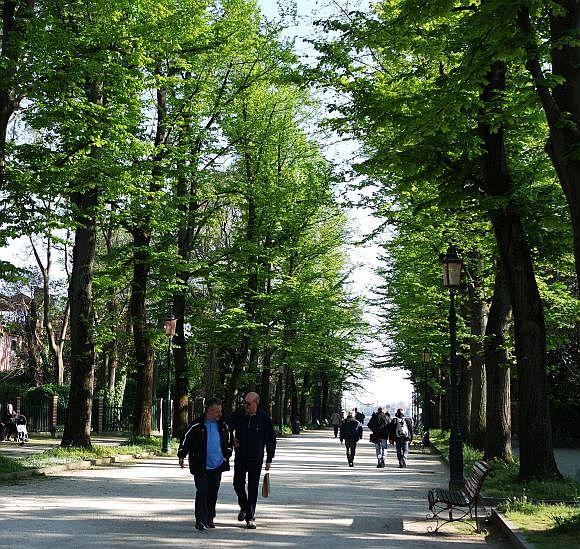
But I’m being too serious, it’s one of my major defects. So let me offer a more effervescent cretinata, perpetrated by two incredibly clever employees of the ACTV who went fishing on company time.
Connoisseurs of lagoony creatures know that this is seppia (cuttlefish) season. Even if you don’t happen to be a connoisseur, all you have to do to realize the season is on is either go to the Rialto to see what’s on sale, or wander along your fondamenta-of-choice in the morning or evening (or night) to peruse the men who are standing there with their fishing rods and nets and ink-stained buckets. The Zattere, the Riva degli Schiavoni, the Fondamente Nove, and even scabrous old Tronchetto are all excellent places to snag some seppie.
Unless you’re supposed to be doing something else, like work.
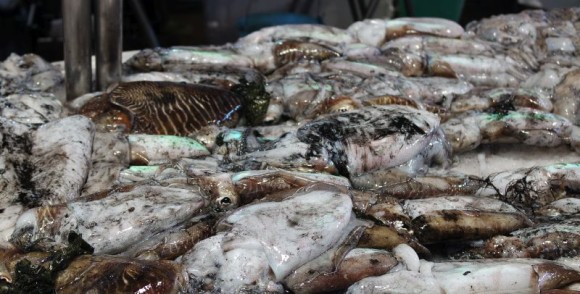
On the evening between Tuesday and Wednesday, two employees of the ACTV were on duty at Tronchetto in the area dedicated to the ferryboat from the Lido, and one of their tasks was to keep an eye on things in general and to make sure that nobody was doing anything near the landing-stage that could create problems for the ferry.
It would appear that these two zealots decided that seppia-fishing on the nearby fondamenta was likely to create problems for the ferry (actually, for their own fishing plans), so they wasted no time in banishing the fishermen from the fondamenta.
Shortly thereafter, the banished fishermen, watching from a nearby fondamenta, noticed the two zealots pulling out their own tackle and beginning their own great seppia-hunt from the now-liberated good spot.
This was unwise.
The banished and extremely annoyed fishermen proceeded to phone the Provincial Police, who are responsible, among other things, for checking fishing licenses. Before long a patrol-boat appeared, and the officers showed as much zeal in the execution of their duty as the two ACTV bullies had done in theirs.
The officers took away their traps, their fishing lines, and their seppie. The officers also searched their cars, and fined them for fishing without a license.
The officers then reported the incident to their employers, who were probably less concerned about the fines than they were about the fact that their two trusty agents had been amusing themselves in an off-duty sort of way when they were, technically speaking, very much on duty.
Moral: Don’t antagonize seppia-fishermen? That’s a good one. Another good one would be: Don’t behave like a cretin.

In spite of all this tomfoolery, spring is proceeding in its appointed course, and I am loving every aspect of it.
The trees are fully-leaved, as of about ten minutes ago, and the greenery still looks as fresh as salad. Trees are blooming according to plan: the white-flowered plums have come and gone, followed by forsythia and cherry and double-cherry, and now the wisteria is slowly being transformed from purple blossoms into green fronds. Random flufflets of cream-colored spores float away from the poplars, and the redbud (called “Judas-tree” here) is making up in color what it lacks in size.
A few days ago I smelled cut grass for the first time this year. It’s a moment that’s almost as enchanting as hearing the blackbirds at dawn. And today I got a bonus: Someone had cut a stretch of herbage which contained chives (here called “sultan’s beard,” or “friar’s beard), and the fragile oniony scent was wafting faintly away. It will be gone by now.
This is one of those perfectly poised moments, when the air is still cool but you can feel the sun’s warmth (if the wind isn’t blowing). At any time of the day the streets are full of people dressed for every possible temperature: There are couples in T-shirts and even tank tops and shorts, and at the same time there are people in trim down jackets or woolen coats. Those with bare arms don’t seem to be cold, and those wrapped in feathers don’t seem to be hot. It’s extraordinary.
Which means that we are approaching one of the tiniest hinges of the season: The moment when everyone ceases to move from the shady to the sunny side of the street, and begins to move from the sunny to the shady side.
When that happens, I declare summer officially open for business.
